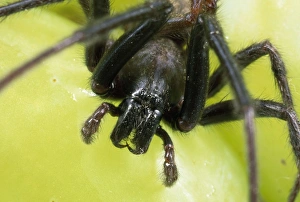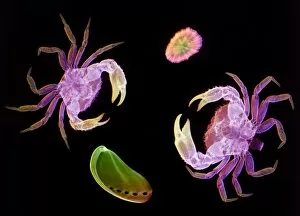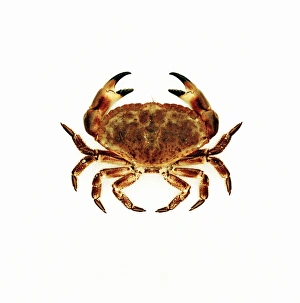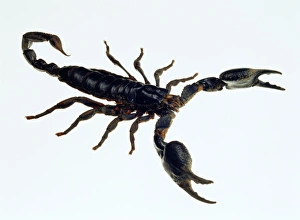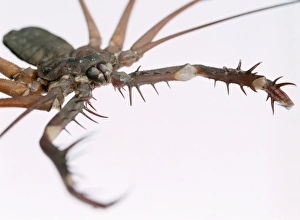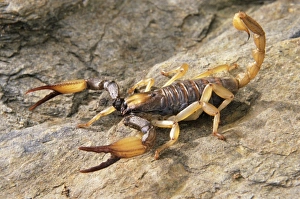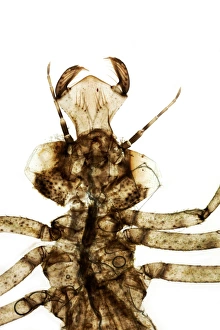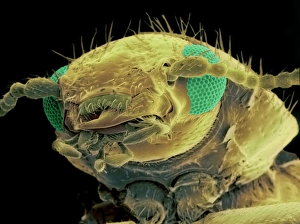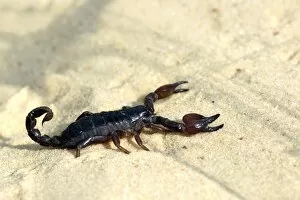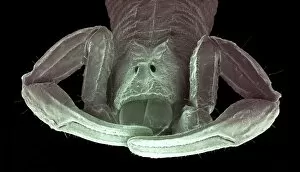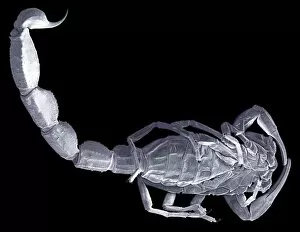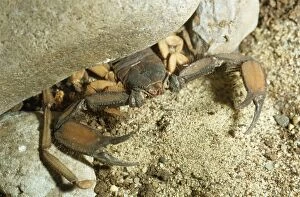Pincers Collection (page 5)
"Pincers: A Journey through Time and Trades" Step back in time to 1875, where blacksmiths wielded these sturdy pincers as essential tools of their trade
All Professionally Made to Order for Quick Shipping
"Pincers: A Journey through Time and Trades" Step back in time to 1875, where blacksmiths wielded these sturdy pincers as essential tools of their trade. These iron jaws were the backbone of their craft, shaping metal with precision and strength. But pincers weren't limited to the realm of blacksmithing alone. Saddlers and upholsterers also relied on these versatile tools to manipulate leather and fabric, ensuring every stitch was perfect. Tanneries echoed with the clink of pincer jaws as skilled craftsmen worked tirelessly to create supple hides. Interestingly enough, the name "pincer" draws inspiration from nature's own formidable tool - the tarantula spider. Just like its eight-legged counterpart, these gripping instruments held a powerful grip on materials they encountered. Legend has it that even St Dunstan used his divine might against none other than the devil himself in 1826. Armed with his trusty pincers, he caught hold of Satan's nose and refused to let go until he promised never to tempt him again. Beyond Europe's shores lay another fascinating creature associated with pincers – the European mole cricket. With its unique forelimbs resembling miniature pinchers, this insect burrowed underground using its specialized appendages. Jewellers in 1827 delicately handled precious gems using fine-tipped pincers; each movement executed meticulously under magnifying lenses. Their nimble fingers ensured that no stone would be misplaced or damaged during intricate designs. Venturing into exotic lands brought us face-to-face with creatures like Sally lightfoot crabs from Galapagos Islands or Alican Land's Sidney Squirrel who skillfully utilized their own set of natural pincers for survival amidst challenging environments. Intriguing tales unfolded within pages titled "Fantastic Adventures - The Living Dead, " where heroes battled supernatural forces armed not only with courage but also unconventional weapons like pincers.









